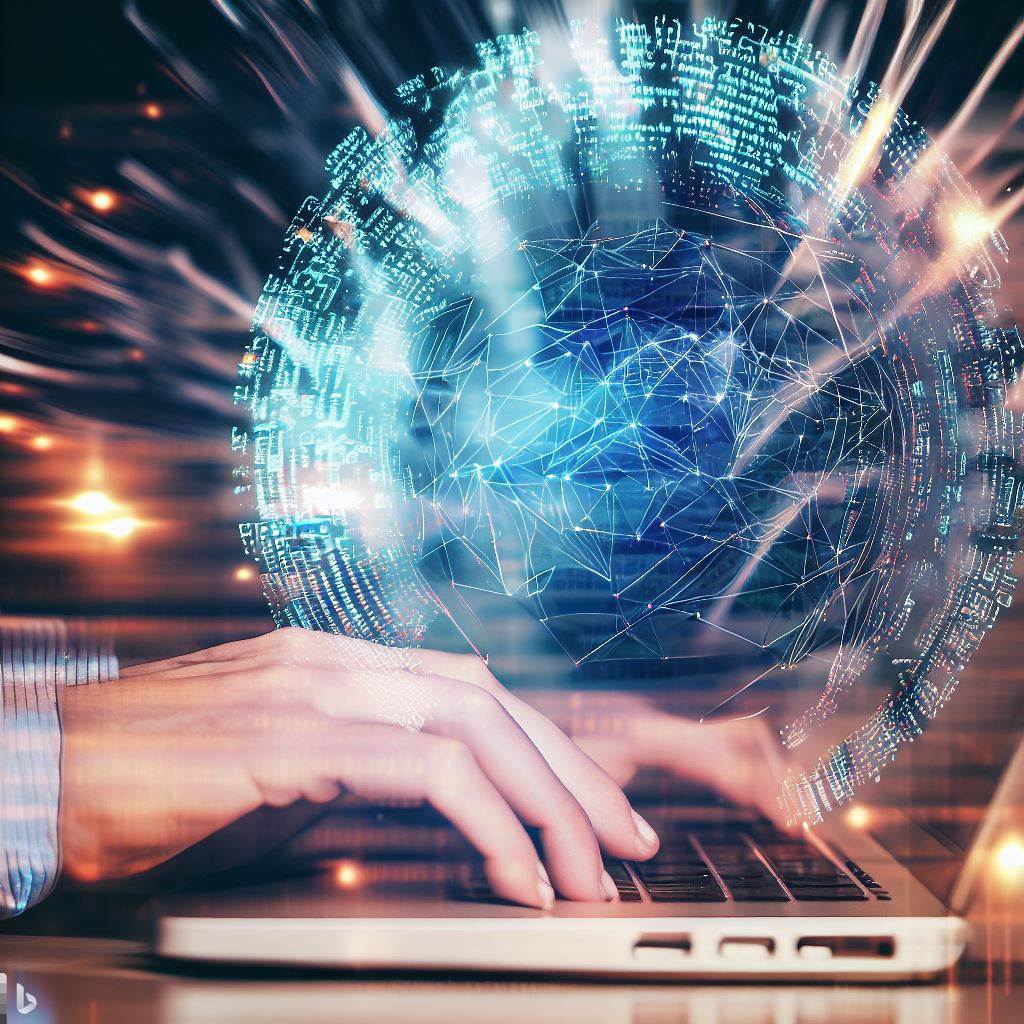In today’s digital era, organizations are swimming in a vast ocean of data, with a significant portion of it residing in unstructured documents. These documents, such as emails, contracts, research papers, and customer feedback, hold a wealth of valuable information waiting to be unlocked. However, extracting meaningful insights from this unstructured data has traditionally been a daunting task. Enter the power of Artificial Intelligence (AI), Machine Learning (ML), and Natural Language Processing (NLP). These transformative technologies are revolutionizing the way businesses derive value from the data encapsulated within unstructured documents.
Unstructured documents differ from structured data sources, such as databases or spreadsheets, as they lack a predefined format or organized data model. They contain free-form text, images, tables, and diverse information types, making them challenging to analyze using conventional methods. However, advancements in AI, ML, and NLP have paved the way for extracting valuable insights, patterns, and knowledge from these untapped resources.
By applying intelligent algorithms and techniques, businesses can gain a competitive edge, drive innovation, and make informed decisions based on comprehensive data analysis. NLP techniques enable the classification of unstructured text data, such as categorizing emails, research papers, or customer reviews, leading to automated organization and efficient data retrieval. ML algorithms, both supervised and unsupervised, can be used to recognize patterns, detect anomalies, and make predictions within unstructured documents. By employing computer vision algorithms, organizations can automatically classify images, identify objects, and generate textual descriptions, revolutionizing fields like healthcare, security, and manufacturing.
Deriving value from unstructured data is a significant challenge, but leveraging Artificial Intelligence (AI), Machine Learning (ML), Natural Language Processing (NLP), and Computer Vision (CV) technologies can help unlock its potential. Here’s a high-level overview of how these technologies can be used:
Data Preprocessing: Before applying AI and ML algorithms, unstructured data needs to be processed and structured. This involves tasks like data cleaning, normalization, and transforming the data into a suitable format for analysis.
Natural Language Processing (NLP): NLP techniques can be used to classify unstructured text data into predefined categories or topics. This can enable automated categorization and organization of large amounts of textual information. Then by Named Entity Recognition (NER), algorithms can identify and extract entities like names, locations, organizations, and other relevant information from unstructured text. AI models then analyze text sentiment to determine whether it’s positive, negative, or neutral. This can be useful for understanding customer feedback, social media sentiment, or market trends. NLP techniques can also automatically generate summaries of large documents or text datasets, enabling quick extraction of key information.
Machine Learning (ML): ML algorithms can be trained on labeled data to recognize patterns and make predictions. For example, ML models can learn to classify images, identify objects, or recognize patterns in unstructured data. Through unsupervised learning, these algorithms can identify hidden patterns or clusters in unstructured data without any predefined labels. This can help in data exploration, segmentation, or anomaly detection. ML algorithms can also analyze user behavior, preferences, and unstructured data such as product reviews or browsing history to make personalized recommendations. Along with things, ML models can learn patterns from normal data and identify outliers or anomalies in unstructured data, which is particularly useful for fraud detection or cybersecurity.
Computer Vision (CV): CV techniques can classify and categorize images or videos based on their content, enabling automated analysis and organization of visual data. These algorithms can identify and locate specific objects within photos or videos. This can be useful in various applications, such as self-driving cars or surveillance systems. Such AI models can also generate textual descriptions or captions for images, enabling better understanding and indexing of visual data.
Use Cases
By combining these technologies, organizations can extract valuable insights, automate manual processes, improve decision-making, enhance customer experiences, and gain a competitive edge by making the most of unstructured data.These technologies can be used to analyze customer feedback from social media posts, reviews, or customer support interactions to understand the sentiment, identify emerging trends, and improve products or services. it can help organizations to automatically categorize customer queries or complaints to prioritize and route them to the appropriate departments for faster resolution. These algorithms can mine unstructured data from customer surveys or feedback forms to extract actionable insights and identify areas for improvement.
Analyzing unstructured data, such as transaction logs, emails, or support tickets, can help identify patterns indicative of fraudulent activities or cybersecurity threats. By applying NLP techniques it can be used to detect suspicious text patterns or anomalies in financial reports, insurance claims, or legal documents. By combining unstructured data sources like social media posts, news articles, and public records to assess reputation or compliance risks associated with individuals or organizations.
Using CV algorithms for facial recognition and object detection in surveillance videos to enhance security measures and identify potential threats or suspicious activities. Analyzing images from medical scans or remote sensing data can be used to assist in diagnosis, detect anomalies, or monitor environmental changes. ML and CV techniques can also be applied to monitor manufacturing processes, detect defects in products or equipment, and ensure quality control.
Extracting structured data from unstructured documents like invoices, contracts, or financial reports to automate data entry, streamline workflows, and improve operational efficiency. Automatically generating summaries or key insights from lengthy reports, research papers, or legal documents to aid in information retrieval and decision-making.
These use cases highlight the diverse applications of AI, ML, NLP, and CV in deriving value from unstructured data across various industries, including finance, healthcare, retail, manufacturing, and more. By harnessing the power of these technologies, organizations can unlock valuable insights, drive innovation, and gain a competitive edge in today’s data-driven landscape.
If you’re interested in exploring these technologies and their use cases further, don’t hesitate to reach out to us at open-innovator@quotients.com. We are here to assist you and provide additional information.
\






